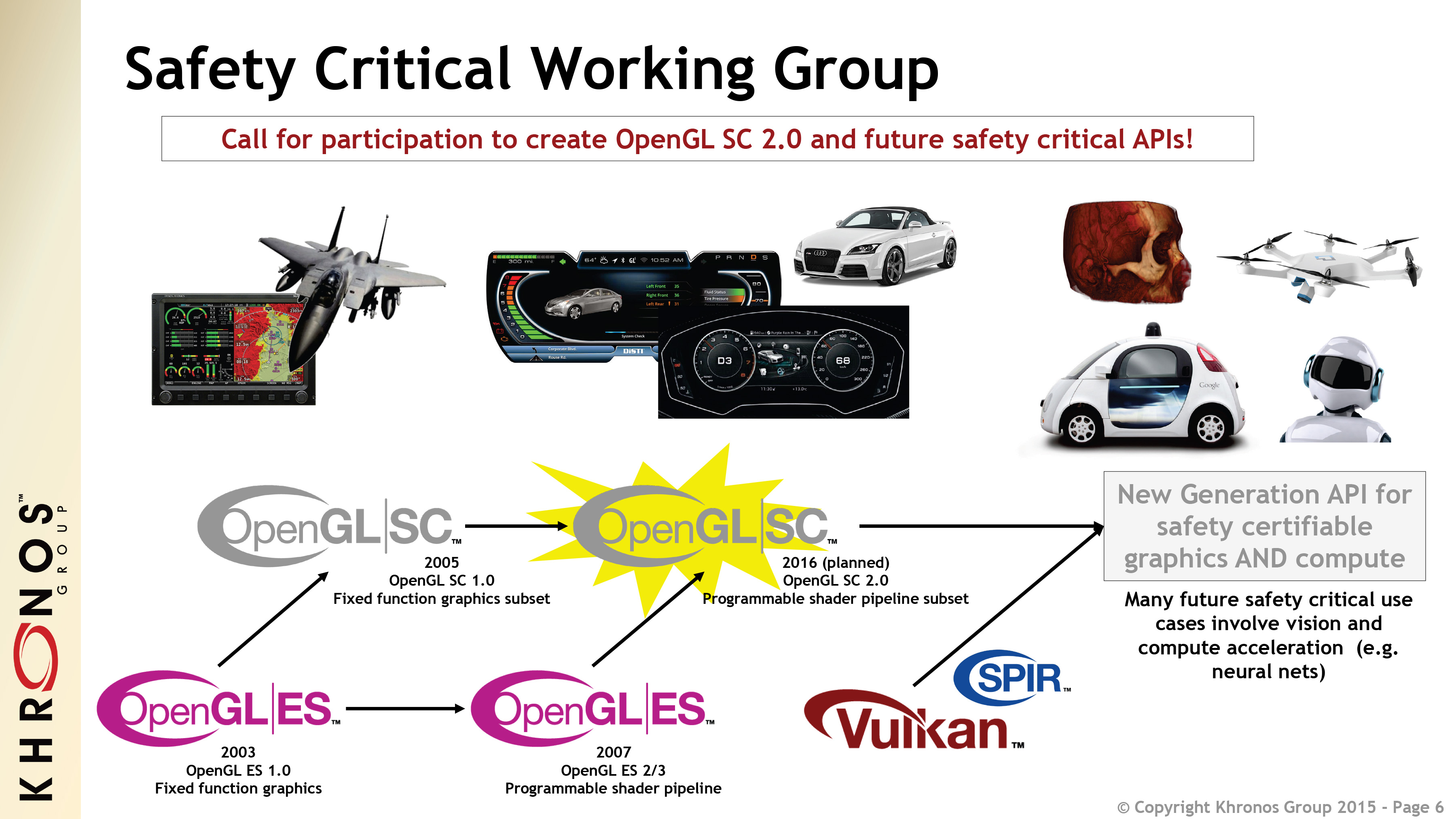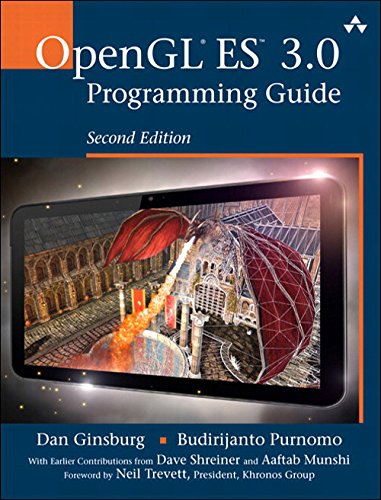


OpenGL ES 3.1 - Bringing Compute to Mobile Graphicsĭespite being only a bump in the minor revision of the API, OpenGL ES 3.1 was an enormous milestone for the API, as it added the ability to do general purpose compute in the API, bringing compute to mobile graphics. The latest in the series, OpenGL ES 3.2 added additional functionality based on the Android Extension Pack for OpenGL ES 3.1, which brought the mobile API's functionality significantly closer to it's desktop counterpart - OpenGL. Use these reference topics to look up API mapping and short code samples when porting from OpenGL ES 2.0 to Direct3D 11.OpenGL ES API Versions at a Glance OpenGL ES 3.2 - Additional OpenGL functionality

How to: port a simple OpenGL ES 2.0 renderer to Direct3D 11.1įor this porting exercise, we'll start with the basics: bringing a simple renderer for a spinning, vertex-shaded cube from OpenGL ES 2.0 into Direct3D, such that it matches the DirectX 11 App (Universal Windows) template from Visual Studio 2015. The topics in this section help you plan your port strategy and the API changes that you must make when moving your graphics processing to Direct3D. When starting the process of porting your graphics architecture from OpenGL ES 2.0 to Direct3D for the first time, familiarize yourself with the key differences between the APIs. For more information about ANGLE, go to the ANGLE for Microsoft Store Wiki. ANGLE allows you to run OpenGL ES content on Windows by translating OpenGL ES API calls to DirectX 11 API calls. Note An intermediate step to porting your OpenGL ES 2.0 project is to use ANGLE for Microsoft Store. Includes articles, overviews, and walkthroughs for porting an OpenGL ES 2.0 graphics pipeline to a Direct3D 11 and the Windows Runtime.


 0 kommentar(er)
0 kommentar(er)
